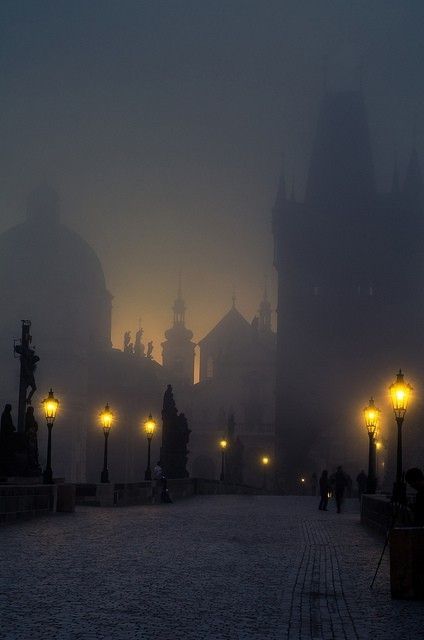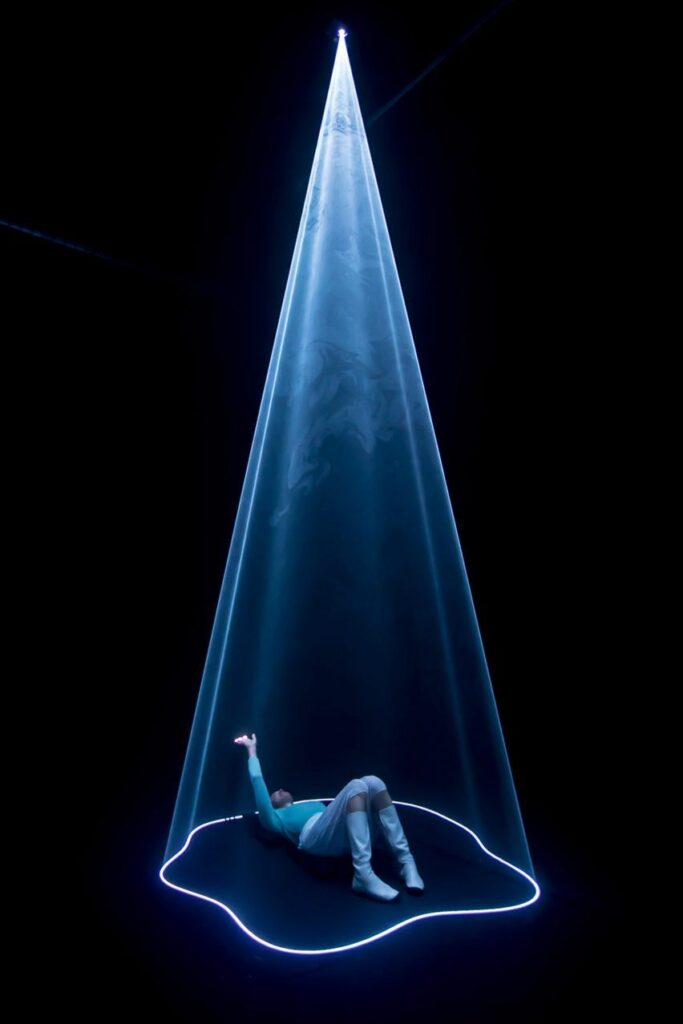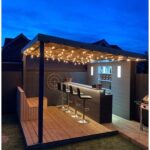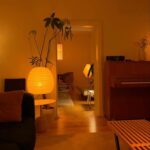
Atmospheric lighting refers to the strategic use of lighting in indoor and outdoor spaces to create a particular mood or ambiance. This type of lighting design is often used in restaurants, bars, hotels, and event spaces to enhance the overall experience for guests. By carefully selecting the color, intensity, and placement of lights, designers can create a warm and inviting atmosphere or a dramatic and dynamic setting. Atmospheric lighting can be achieved through a combination of natural and artificial light sources, such as candles, lamps, string lights, and spotlights. In addition to setting the mood, atmospheric lighting can also help to highlight architectural features, artwork, or decor elements within a space. Overall, atmospheric lighting plays a crucial role in the overall design of a space and can greatly impact the way people perceive and interact with their surroundings.
Atmospheric lighting plays a crucial role in setting the mood and ambiance of a space. Whether it’s a cozy living room, a romantic restaurant, or a bustling office, the right lighting can make all the difference in creating a welcoming and comfortable atmosphere. From soft, warm tones to bright, energetic hues, the possibilities are endless when it comes to creating the perfect lighting scheme.
One of the most popular forms of atmospheric lighting is ambient lighting, which provides a general, overall illumination to a space. This type of lighting is often achieved through recessed ceiling lights, wall sconces, or floor lamps. Ambient lighting helps to create a sense of warmth and comfort in a room, making it the perfect choice for living areas or bedrooms. By adjusting the intensity and color of the ambient lighting, you can easily transform the mood of a space to suit your needs.
Another type of atmospheric lighting is accent lighting, which is used to highlight specific features or areas within a room. This can be achieved through the use of spotlights, track lighting, or even decorative pendant lights. Accent lighting adds depth and interest to a space, drawing attention to artwork, architectural details, or focal points. By strategically placing accent lights throughout a room, you can create a sense of drama and sophistication that enhances the overall aesthetic.
In addition to ambient and accent lighting, task lighting is also an important element of atmospheric lighting design. Task lighting is focused on providing direct, functional illumination for specific activities, such as reading, cooking, or working. This type of lighting is often achieved through desk lamps, under-cabinet lights, or adjustable floor lamps. By incorporating task lighting into your overall lighting scheme, you can improve visibility and productivity in a space, while also enhancing the overall atmosphere. Ultimately, atmospheric lighting is a key element in interior design, helping to create a welcoming and comfortable environment that reflects your personal style and enhances the functionality of a space.
 Decor ideas Style Starts Here
Decor ideas Style Starts Here








